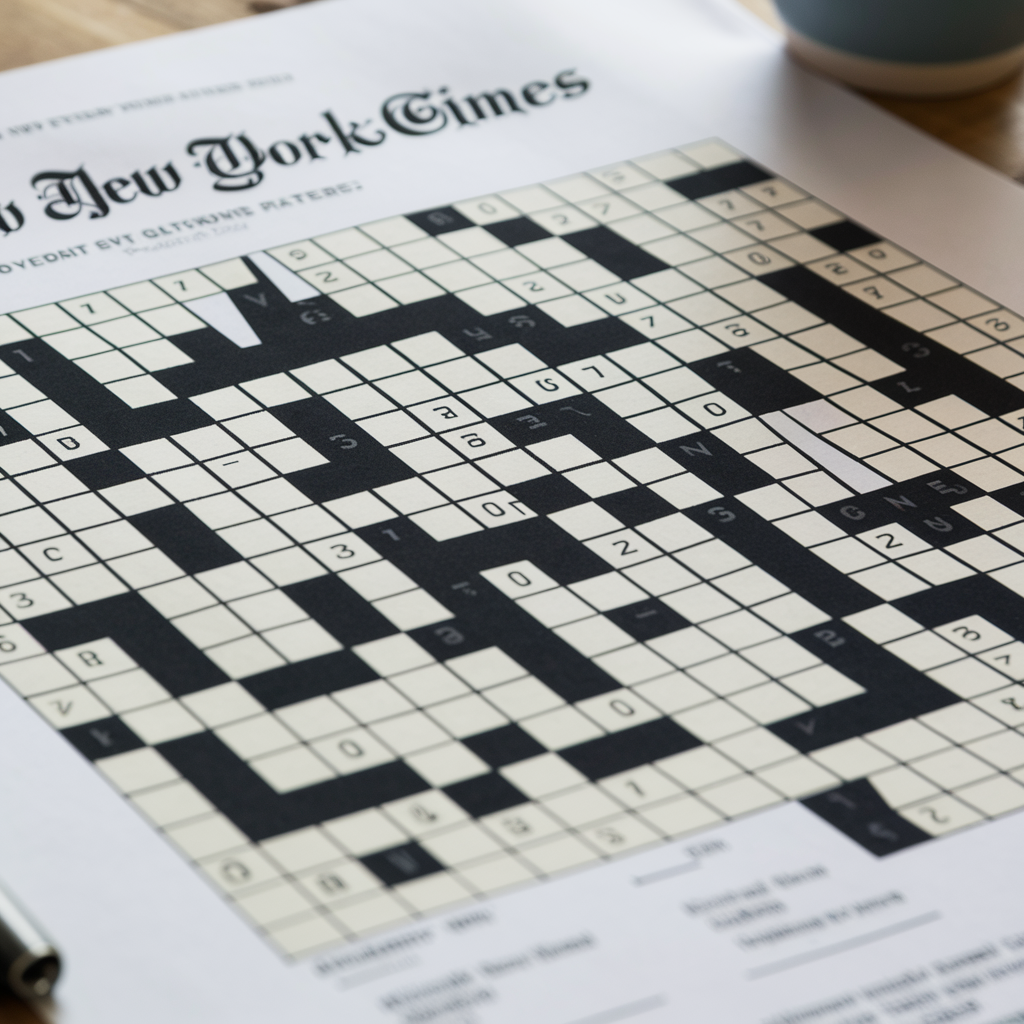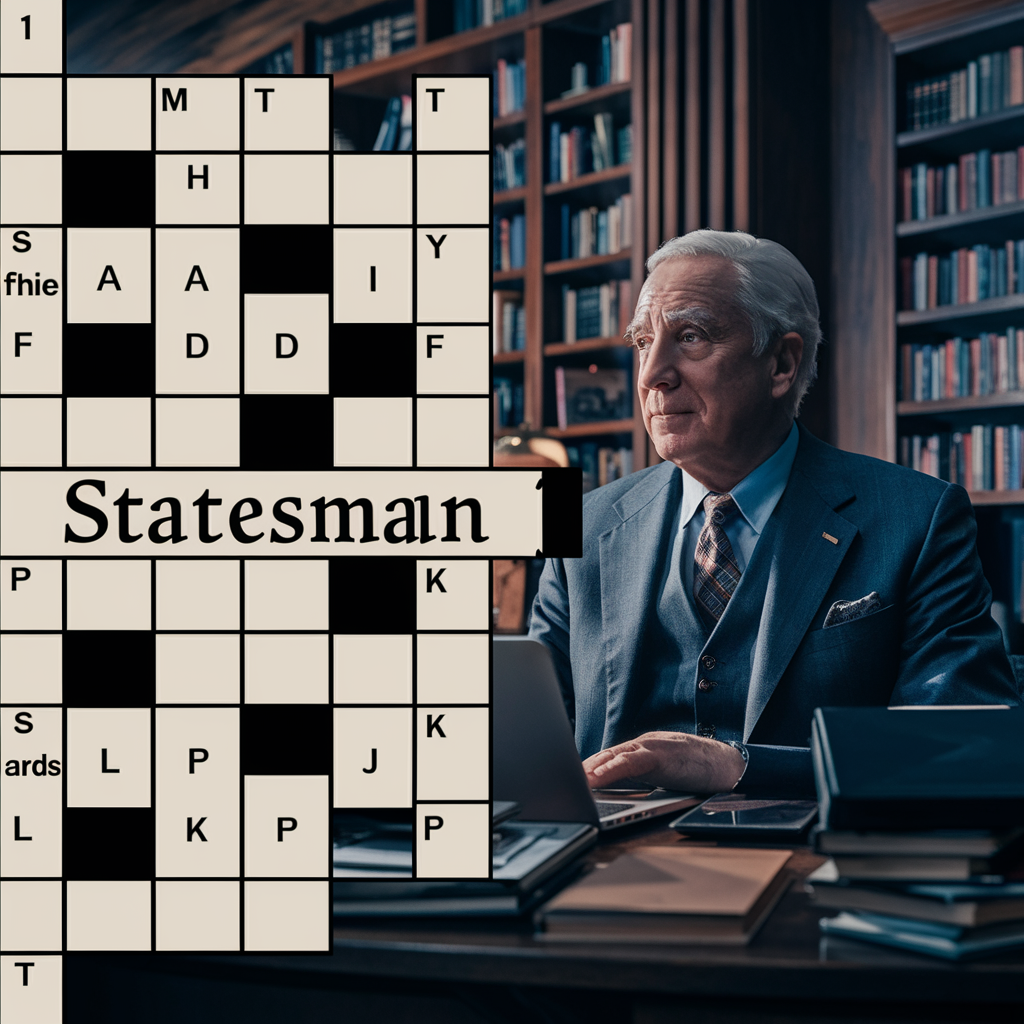Introduction
The New York Times crossword puzzle has long been revered for its clever wordplay and cultural references, with political terms like “statesman” appearing frequently as both answers and clues. A “statesman” typically refers to an experienced and respected political leader, but in the world of crosswords, this term takes on multiple layers of meaning. From straightforward clues to deceptive wordplay, understanding how “statesman” operates in the NYT crossword can sharpen your solving skills and deepen your appreciation for the puzzle’s construction. This article explores the various ways “statesman” has been clued, examines recurring answer patterns, and provides strategies for tackling similar political references in crossword puzzles.
1. The Classic Interpretation: “Statesman” as a Political Figure
When the clue simply reads Statesman NYT Crossword solvers can typically expect a general term for a distinguished political leader. Common answers include “ELDER” (as in elder statesman), “SOLON” (an ancient Athenian lawmaker often used in crosswords), or names like “ADAMS” (referring to John Adams or John Quincy Adams). These answers reflect the puzzle’s tendency to blend historical and contemporary political references. For instance, “SOLON” appears frequently despite its obscurity because crossword constructors favor compact, vowel-heavy words that fit neatly into puzzle grids. Recognizing these go-to answers can save time, especially when intersecting letters provide partial confirmation. The key is to consider both the literal definition and the crossword’s preference for specific, reusable terms.
2. Creative Wordplay: When “Statesman” Isn’t What It Seems
Like many NYT crossword clues, “statesman” often serves as a setup for puns or lateral thinking. For example, a clue like “Statesman’s estate?” might lead to “MANOR” (playing on “man” + “or”), while “Statesman from Down Under” could yield “AUSSIE” (using “AUS” for Australia and “SIE” as a German pronoun). These clues require solvers to abandon literal interpretations and explore phonetic tricks, abbreviations, or hidden-word constructions. The question mark at the end of a clue typically signals this wordplay, reminding solvers that the surface meaning is a red herring. Mastering these deceptive clues involves practicing pattern recognition and staying alert to the constructor’s playful misdirection.
3. Recurring Names: The Politicians Who Dominate Crosswords

Certain statesmen appear in puzzles disproportionately due to their crossword-friendly names. Figures like “ADLAI” (Stevenson), “LENIN,” and “TITO” are staples because their names are short, vowel-rich, and easily interlocked with other answers. For example, “Adlai” might be clued as “1950s statesman” or “Stevenson who ran against Eisenhower.” Similarly, “TITO” (Josip Broz Tito of Yugoslavia) frequently surfaces in puzzles despite his fading historical prominence. Crossword enthusiasts benefit from memorizing these recurring names, as they often serve as “crosswordese”—words uncommon in daily speech but ubiquitous in puzzles due to their grid utility.
4. Historical vs. Contemporary References: Balancing the Scales
The NYT crossword often leans toward historical statesmen, partly because their legacies are well-established and their names fit grid constraints. Clues might reference “OTHO” (a Roman emperor) or “CICERO” alongside modern figures like “OBAMA” or “PELOSI.” This mix tests solvers’ knowledge across eras, rewarding those with a broad grasp of political history. For instance, a clue like “Nobel-winning statesman” could point to “KISSINGER” or “AUNG SAN SUU KYI,” depending on the puzzle’s theme. Staying attuned to recent Nobel laureates or headline-making leaders helps solve contemporary clues, while brushing up on ancient history aids with classical references.
5. Strategies for Solving Statesman Clues

Tackling “statesman” clues effectively requires a multi-pronged approach:
-
Consider the word count: A 5-letter answer like “SOLON” or “ADAMS” is more likely than a longer name unless the grid permits it.
-
Look for pun indicators: Words like “maybe,” “reportedly,” or “in a way” suggest phonetic or playful interpretations.
-
Cross-check intersecting letters: If the second letter is “O,” “SOLON” becomes plausible, whereas “A” might lead to “ADAMS.”
-
Note the puzzle’s theme: A themed puzzle about ancient Rome might favor “CICERO” over modern politicians.
Practicing with past puzzles (available through the NYT Crossword archive) builds familiarity with these patterns, turning “statesman” clues from stumbling blocks into quick fills.
Conclusion: The Art of Political Wordplay in Crosswords
The term “statesman” in the NYT crossword exemplifies the puzzle’s blend of education and entertainment, challenging solvers to navigate history, language, and wit. Whether it’s a straightforward reference to a renowned leader or a cleverly disguised word game, these clues reward both knowledge and flexibility. By studying recurring answers, recognizing wordplay signals, and brushing up on political history, solvers can confidently decode even the most elusive “statesman” clues. After all, in crosswords as in politics, strategy and preparation pave the way to success.


